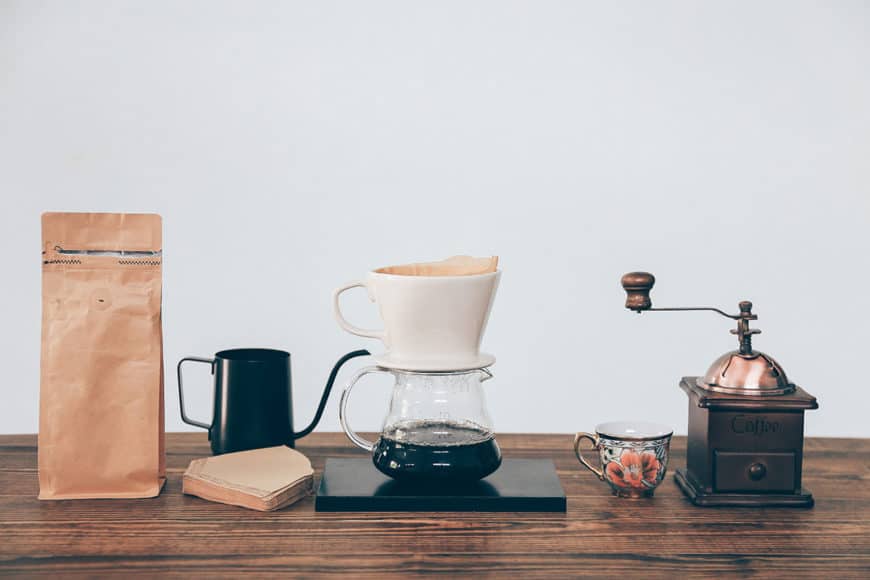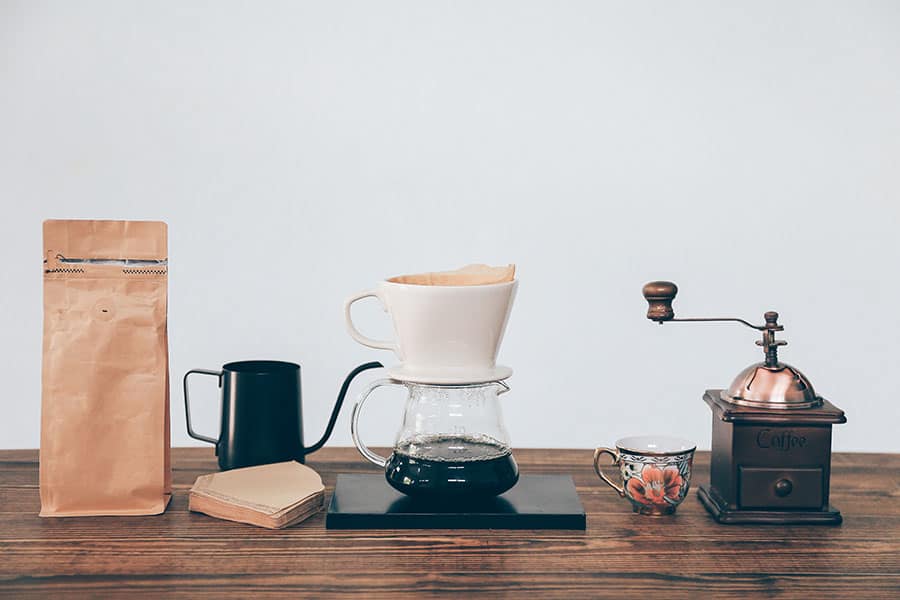
If this is your first post here, welcome to the world of coffee—where the right tools can transform your morning routine. Whether you’re a coffee pro or a casual drinker, having quality gear not only improves flavor but also makes brewing fun and reliable.
In this article, you’ll learn about the 7 essential pieces of equipment that will elevate your home coffee experience and a step-by-step guide to brewing perfection using a French Press.
7 Coffee Gear Essentials for the Perfect Cup of Coffee
Many people who drink coffee are constantly searching for that perfect cup at home but often miss one key element that brings out a café-quality brew. Fortunately, with just a few carefully chosen tools, you can dial in the perfect ratios and methods to produce a cup that will impress your friends and satisfy your taste buds.
1. Fresh Roasted Coffee
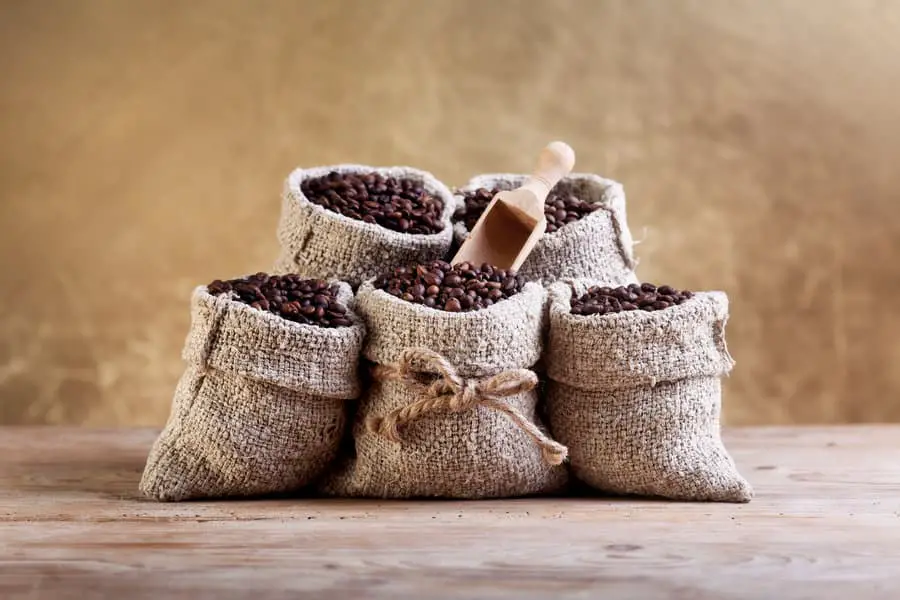
It all starts with fresh, whole bean coffee. Always choose coffee that has been recently roasted. For beginners, opt for single-origin beans from your local roaster or subscription services like Bean Box or Mistobox. Start with beans that have broad appeal—Brazil or Costa Rica work wonderfully—before exploring more exotic flavors such as those from Ethiopia or Kenya.
2. A Good Scale
Every great cup is about precision. A digital scale that accurately measures your coffee-to-water ratio (I recommend starting with a 15:1 ratio) is invaluable—and they’re not very expensive. Today’s models even offer Bluetooth connectivity for added convenience, ensuring you always measure precisely.
3. Gooseneck Kettle

A proper kettle is a must. You need a gooseneck kettle for precise pouring, and an electronic temperature-controlled model is ideal. While you mention the Bonavita Variable Temperature Kettle (found on Amazon), consider also recommending alternatives like the Fellow Stagg EKG, which has become popular in 2025 for its modern design and exceptional temperature control. Keep in mind: you want your water between 195°F and 205°F—ideally around 202°F—since boiling water can scorch your coffee.
4. Timer for Brewing
A timer is essential for consistency. Whether it’s your smartphone or a dedicated kitchen timer, you need to keep track of your brewing time. For instance, brewing for 4 minutes is ideal (unless you’re using an Aeropress, which may differ). Additionally, use your timer to monitor the initial 30-second bloom period when freshly roasted coffee releases its gases—this bloom is a key indicator of bean freshness.
5. Burr Grinder
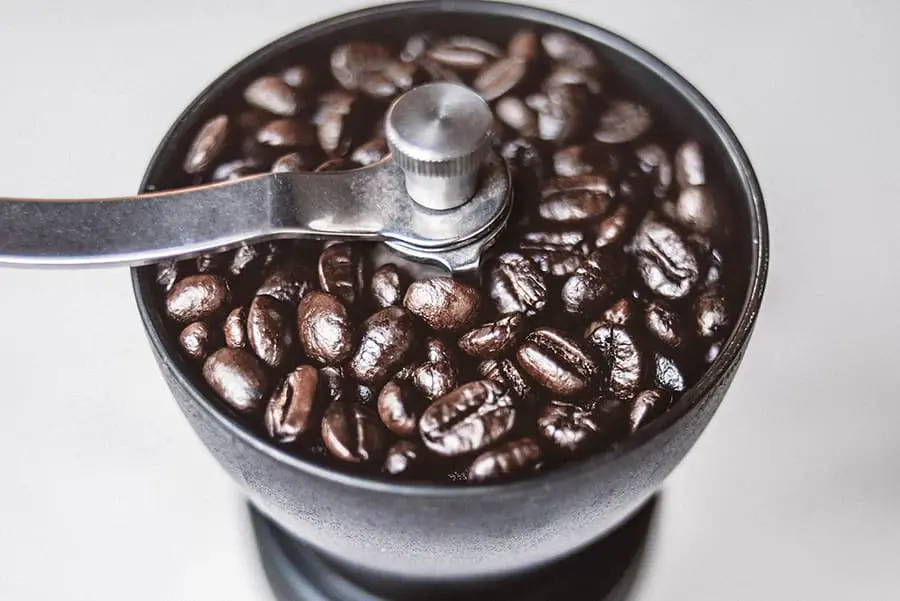
Invest in a burr grinder—this is the one piece of equipment you should never skimp on. Unlike blade grinders, a burr grinder produces a consistent, even grind, which is critical for a uniform extraction. You can choose between manual and electric versions; while manual grinders are tempting due to their lower cost, an electric burr grinder will save your arm and offer consistent results over time. (If you travel a lot and prefer to grind your coffee on the go, a portable manual grinder is also a good option.)
6. Quality Water
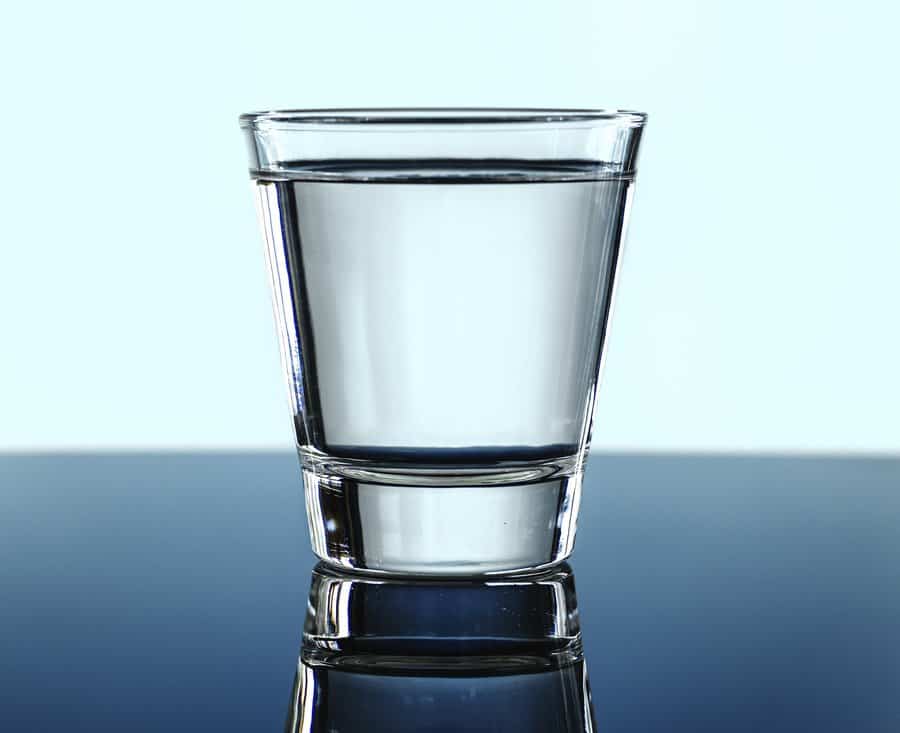
Water is often the most overlooked ingredient in coffee, yet it’s one of the most important. In areas with less-than-ideal tap water (like some parts of Florida), using a water filter is a must. According to the Specialty Coffee Association (SCA), water should be clean, odor-free, and clear of chlorine. Options like a BRITA filter or a Berkey Water Filtration system (both available on Amazon) work well for removing impurities that could affect flavor.
7. The Right Coffee Mug
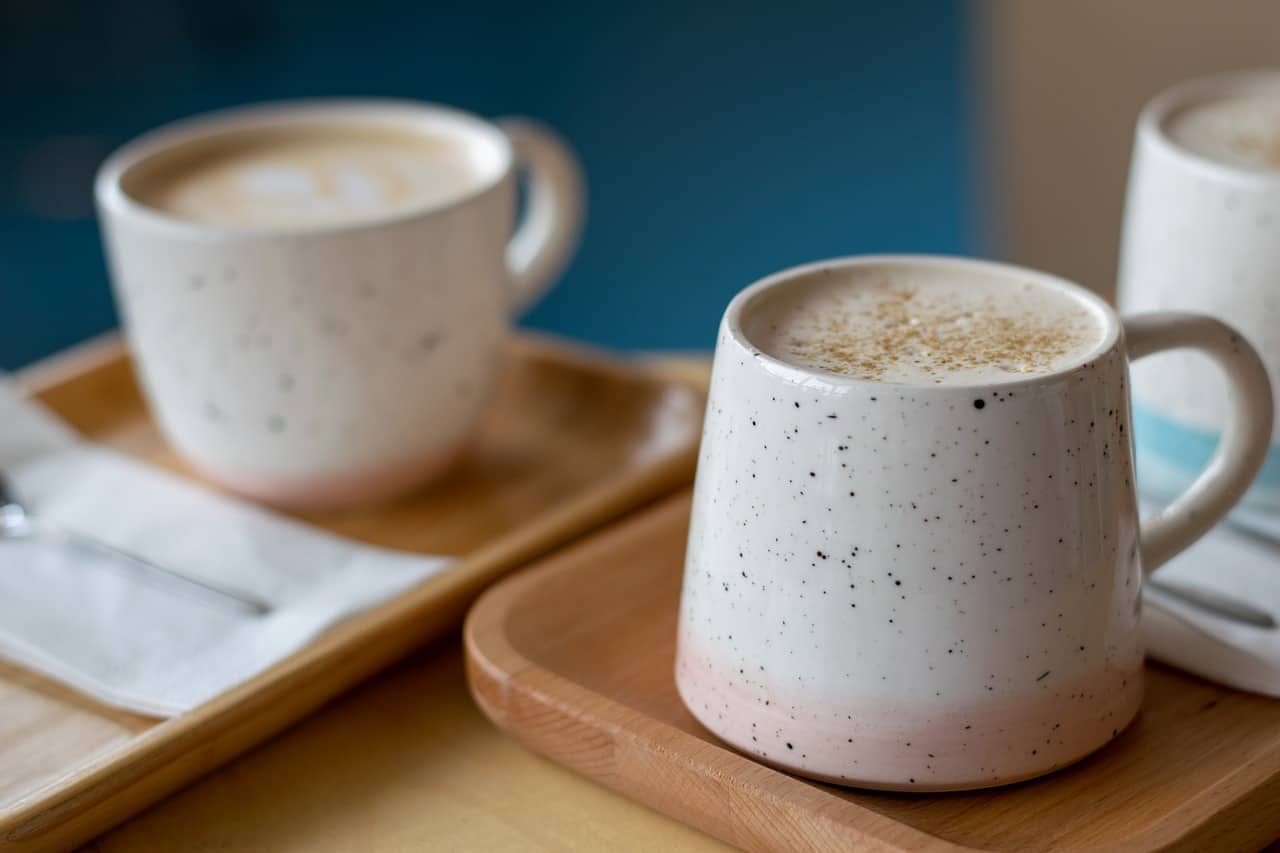
Believe it or not, your coffee cup can make or break the flavor of your brew. Although there are many types—plastic, stainless steel, double-walled—the best option is a ceramic cup. Ceramic is neutral; it won’t absorb or impart flavors, so your coffee stays true to its intended taste.
Putting It All Together: Brewing the Perfect Cup Using a French Press
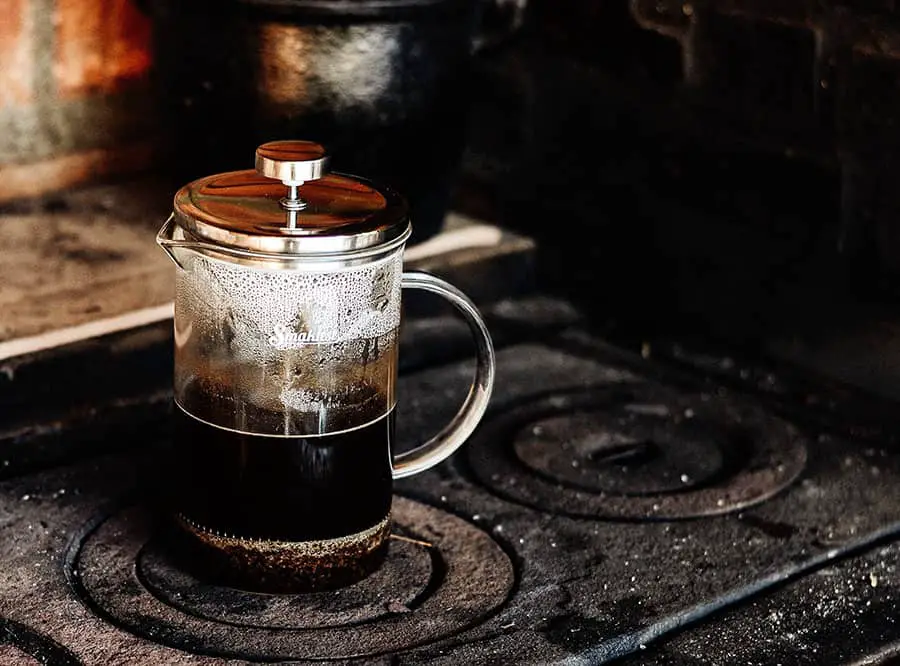
For a simple yet effective brewing method, I recommend using a French Press—it’s forgiving and highlights the benefits of each piece of essential gear.
1. Measure Your Coffee
Start by measuring out your fresh roasted coffee. For a 12-ounce cup, use a 15:1 water-to-coffee ratio. For example, measure out 12 grams of coffee with your scale.
2. Grind Your Coffee
Since you’re using a French Press, grind the coffee to a coarse consistency. Use your burr grinder to ensure even extraction.
3. Heat Up Your Water
Heat about 180 grams (180 ml) of water and set your kettle’s maximum temperature to 205°F. Aim to brew your coffee between 195°F and 205°F.
4. Add the Coffee
Place your freshly ground coffee into the French Press. Once the water reaches the proper temperature, pour in just enough water (around 10% of the total) to cover the grounds. Allow the coffee to bloom for about 30 seconds.
5. Plunge
After the bloom, pour in the rest of your water. Let the coffee steep for a total of 4 minutes, then slowly press the plunger down.
6. Pour and Enjoy
Pour the freshly brewed coffee into your ceramic cup. Sipping slowly allows you to notice the evolving flavor as the coffee cools—a true sign of a well-extracted brew.
For variations, you can experiment with other methods such as the V60, Kalita Wave, Chemex, or even the Beehouse Dripper. However, the French Press remains a fantastic starting point.
Final Thoughts
If you’re ready to take your home coffee brewing to the next level, investing in the right gear is essential. By following this guide and experimenting with these tools, you’ll be well on your way to consistently brewing an outstanding cup of coffee. And if you ever want to upgrade further, you can always explore advanced features like smart scales or alternative kettles like the Fellow Stagg EKG.
Hope this post was helpful, and happy brewing!

